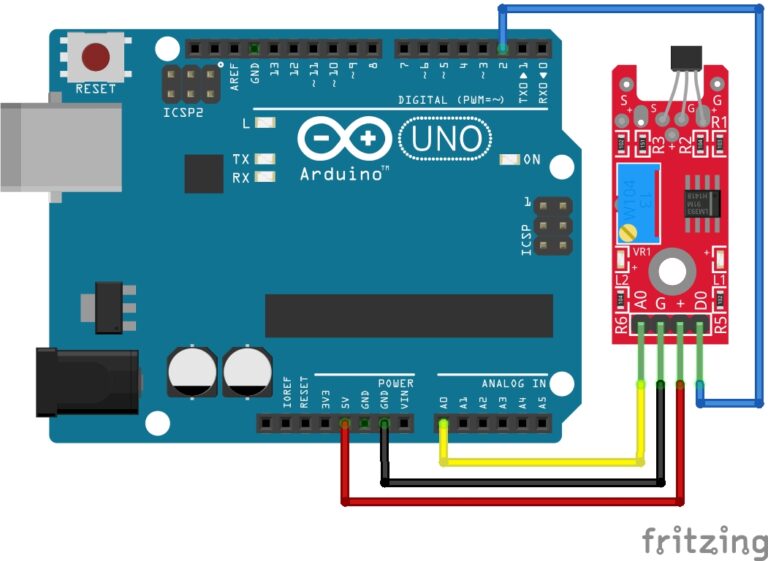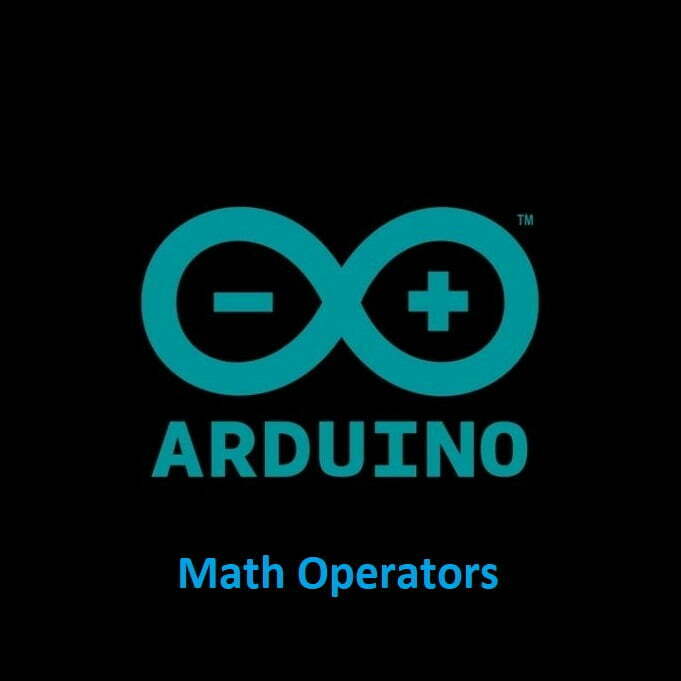
What is Binary and Hexadecimal?
Binary and hexadecimal are two numeral systems used in computing and digital electronics. Here’s a brief explanation of them both:
Binary:
- Binary is a base-2 numeral system, which means it uses only two digits: 0 and 1.
- Each digit in a binary number represents a power of 2, with the rightmost digit representing 2^0 (1), the next digit to the left representing 2^1 (2), the next 2^2 (4), and so on.
- Binary is the fundamental language of computers. Computers use binary code to represent and process all data and instructions.
- In binary, numbers and data are expressed as sequences of 0s and 1s. For example, the binary number “1010” represents the decimal number 10.
- Binary is used in various computing applications, including programming, data storage, and digital communication.
Hexadecimal:
- Hexadecimal, often abbreviated as “hex,” is a base-16 numeral system, which means it uses 16 different symbols: 0-9 for values 0-9 and A-F (or a-f) for values 10-15.
- Hexadecimal is a more compact way to represent binary data. Each hexadecimal digit represents four binary digits (bits), making it easier to work with large binary numbers.
- For example, the binary number “110110101110” can be represented in hexadecimal as “1AE.”
- Hexadecimal is commonly used in programming and digital electronics to represent memory addresses, binary data, and color values (in HTML and CSS, for instance).
- It is also frequently used in debugging and low-level programming tasks because it provides a more human-readable and concise representation of binary data.
How to Make a Simple Binary Counter with Arduino
This is a simple but useful project. It will count in decimal, hexadecimal, and binary. Just uncomment the counter you want, and make sure to comment out the counters you don’t want to use. Arduino does all the important work for us here.
The Code:
Open your Arduino IDE, copy and paste the code to a new sketch, then upload it to your Arduino board. Once upload completes, open the serial monitor to begin the count.
byte mybyte=0;
int tm=500;
void setup() {
Serial.begin(9600);
}
void loop() {
// Serial.println(mybyte,DEC); //Uncomment for Decimal
// Serial.println(mybyte,HEX); //Uncomment for Hexidecimal
Serial.println(mybyte,BIN); //Uncomment for Binary
mybyte=mybyte+1;
delay(tm);
}Conclusion
In summary, binary is the fundamental language of computing and represents data as sequences of 0s and 1s, while hexadecimal is a more human-friendly representation of binary data, making it easier for programmers and engineers to work with and understand. Both systems are essential in various aspects of digital computing and electronics.
Recommendations:
The Elegoo Super Starter Kit
If you don’t already own any Arduino hardware, we highly recommend this kit as it has everything you need to start programming with Arduino. You can find out more about this kit, including a list of its components here: Elegoo Super Starter Kit
You can find this kit on Amazon here: Elegoo Super Starter Kit
The 0.96-inch Mini-OLED Display
We highly recommend this mini-OLED bundle of five 0.96-inch OLED displays. We have bought these before and they all worked perfectly. You can read more about the mini-OLED here: Mini-OLED
You can find this bundle on Amazon here: OLED Displays
Elegoo Nano (Arduino Compatible)
We have bought these Nano boards many times and can highly recommend them. There are three Nano boards in this pack making them a total bargain for everyone.
You can find this pack on Amazon here: Arduino Nano





